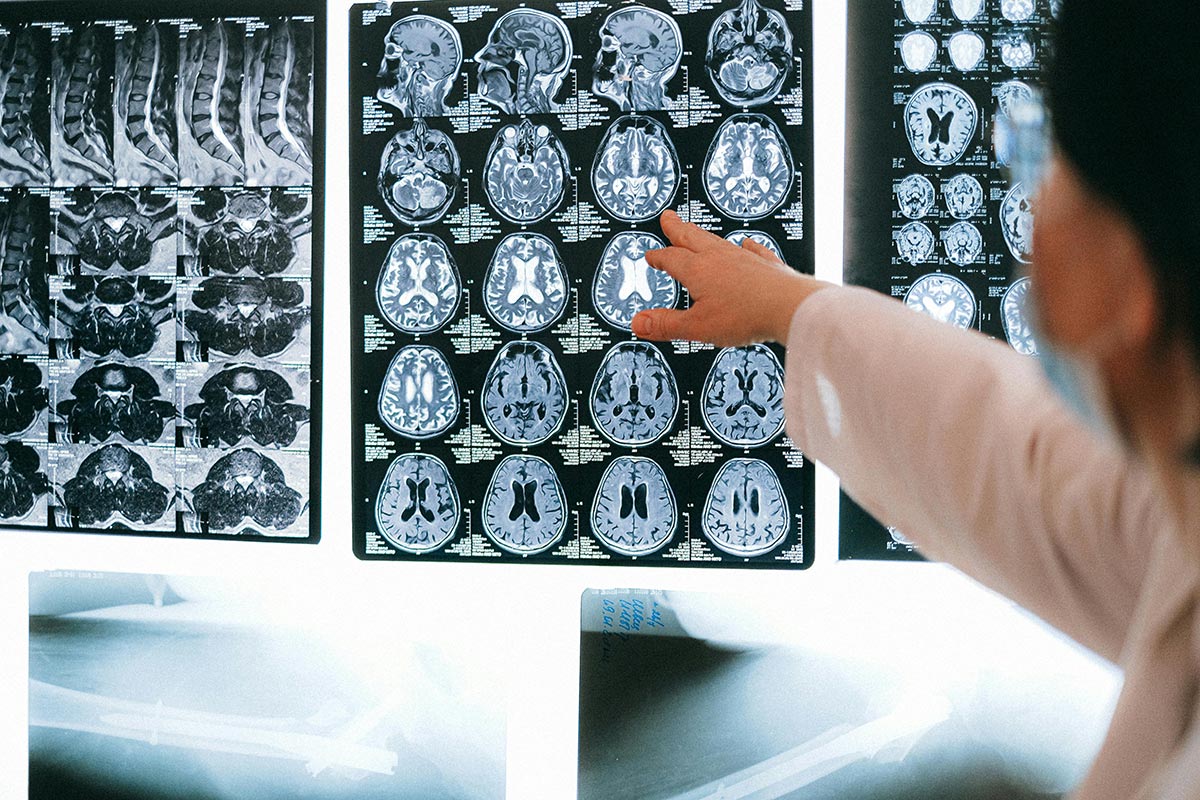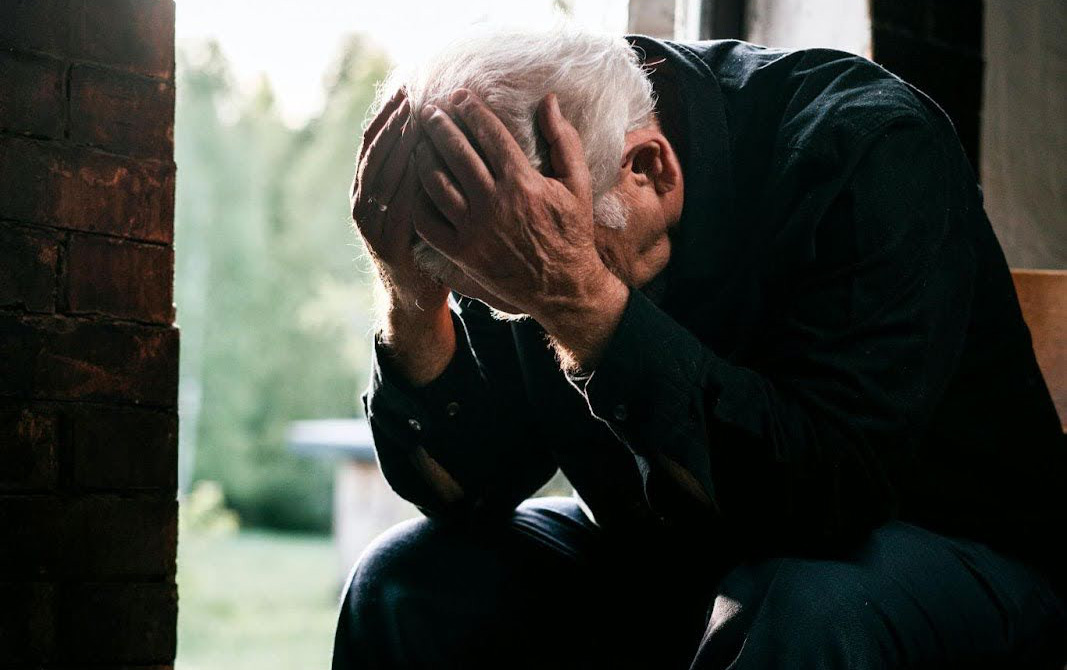
Understanding Spending Addiction
Definition and Overview
Spending addiction, also referred to as compulsive shopping disorder or oniomania, describes an uncontrollable urge to shop or spend money that negatively impacts various aspects of a person's life. Individuals struggling with this addiction often find it difficult to manage their spending habits, leading to significant challenges in their finances, relationships, and overall well-being. Similar to any other type of addiction, the compulsive behavior associated with spending can create a cycle of emotional distress and impulsive decision-making Birches Health.
Prevalence and Statistics
Despite the growing consumerism in society, only about 6% of the U.S. population is estimated to have a shopping addiction. Research from the University of Iowa suggests that between 5% to 8% of the global population suffers from compulsive shopping behaviors. This phenomenon has gained acceptance due to factors such as the loneliness epidemic and the influence of social media, as shopping can sometimes provide a sense of community to individuals Verywell Mind Birches Health.
Furthermore, studies indicate that approximately 6% of women and 5% of men may exhibit compulsive shopping tendencies, highlighting a notable discrepancy in prevalence between genders. These statistics underscore the significance of understanding and addressing spending addiction as a serious condition that can affect a large portion of the population Center for Professional Recovery.
| Statistic | Percentage |
|---|---|
| U.S. Population with Shopping Addiction | 6% |
| Global Population with Compulsive Shopping | 5% - 8% |
| Women with Compulsive Shopping Behavior | 6% |
| Men with Compulsive Shopping Behavior | 5% |
The detrimental impact of spending addiction can mirror the financial consequences associated with other addictions, making it important to acknowledge its presence and seek effective treatment options addiction and financial problems financial consequences of addiction.
Causes of Spending Addiction
Understanding the underlying causes of spending addiction is crucial for recognizing patterns that may lead to compulsive shopping behaviors. Emotional triggers and psychological factors play significant roles in the development of this condition.
Emotional Triggers
Emotional distress is often a driving force behind compulsive shopping. Many individuals resort to shopping as a way to cope with feelings of stress, anxiety, or depression. According to the Cleveland Clinic, shopping can act as a coping mechanism, providing a temporary escape and the release of dopamine and endorphins in the brain. This creates a brief sense of euphoria, causing individuals to repeatedly seek that "high" through spending.
Common emotional triggers for spending addiction include:
- Stress from work or personal life
- Feelings of sadness or boredom
- Anxiety about future events or situations
- Low self-esteem or lack of self-worth
Individuals often engage in what is known as "retail therapy," using shopping to alleviate their emotional burdens. This behavior can lead to a cycle of dependency where shopping becomes a primary method for managing negative emotions (Birches Health).
Psychological Factors
Psychological factors can also contribute to the development of a spending addiction. Similar to drug or alcohol addiction, compulsive shopping behavior activates the brain's pleasure pathways. This results in the release of dopamine in large amounts, creating a euphoric sensation. People may purchase items for various reasons that extend beyond mere necessity, leading to compulsive behaviors (Center for Professional Recovery).
Several psychological factors associated with spending addiction include:
| Factor | Description |
|---|---|
| Impulse Control Issues | Difficulties in controlling urges to shop can lead to over-spending. |
| Escapism | Shopping may serve as a distraction from daily stresses or emotional turmoil. |
| Mood Disorders | Individuals with depression or anxiety may turn to shopping for temporary relief. |
| Low Self-Worth | Those struggling with self-esteem may shop to fill emotional voids. |
Shopping addiction can significantly impact finances, relationships, and overall quality of life, similar to other forms of addiction (Priory Blog). Recognizing these emotional and psychological triggers is essential for addressing spending addiction and developing healthier coping strategies. For those interested in understanding the financial implications, check out our article on addiction and financial problems.
Signs and Symptoms
Recognizing the signs and symptoms of spending addiction is crucial for understanding how it affects individuals. Compulsive shopping behavior and the resulting impact on daily life are two key areas to consider.
Compulsive Shopping Behavior
Compulsive shopping is characterized by an overwhelming urge to make purchases. This behavior often includes a sense of urgency and emotional triggers that lead individuals to buy items they don’t need. Many people find that shopping provides temporary relief from negative emotions, leading to a cycle of buying to feel good and regretting it later. As stated by the Cleveland Clinic, compulsive shopping frequently results in emotional or financial distress.
A table outlining specific behaviors associated with compulsive shopping can illustrate key points:
| Compulsive Shopping Behavior | Description |
|---|---|
| Prevalence | Affects nearly 20% of people with a shopping-buying disorder |
| Shopping as a coping mechanism | Used to feel good and avoid negative feelings |
| Emotional triggers | Shopping often occurs in response to stress or sadness |
| Urgency in purchases | Feeling a need to buy immediately, regardless of necessity |
Individuals with this addiction may find themselves neglecting bills and financial responsibilities, indicating a problematic relationship with money (Destinations For Teens). In some cases, shopping addiction may take the place of other substance abuses, highlighting its severity (Center for Professional Recovery).
Impact on Daily Life
The consequences of spending addiction extend beyond financial strain and can significantly affect relationships and overall quality of life. Often, those struggling with compulsive shopping neglect essential responsibilities, leading to mounting debts and stress.
Researchers have noted that nearly 20% of individuals with a shopping-buying disorder experience suicidal ideation, making it imperative to seek professional help and support (Cleveland Clinic).
| Impact Areas | Effects |
|---|---|
| Financial consequences | Increased debt, inability to pay bills |
| Emotional distress | Regret, guilt, and anxiety related to purchases |
| Relationship challenges | Strain on relationships due to secrecy and financial issues |
As people grapple with the effects of spending addiction, the emotional toll can lead to conflicts in personal relationships and overall dissatisfaction in life. Understanding these signs and symptoms can pave the way for seeking help and addressing the underlying issues associated with this behavioral addiction.
For further insights on how addiction impacts financial health, check our article on addiction and financial problems and understand the financial consequences of addiction.
Effects of Spending Addiction
Excessive spending, often referred to as compulsive buying or shopping addiction, can have severe implications on both finances and relationships. The compulsive nature of shopping leads individuals to pursue purchases impulsively, frequently beyond their financial capacity, which can result in long-lasting effects.
Financial Consequences
Individuals grappling with spending addiction often experience significant financial distress. This concern is characterized by prioritizing unnecessary purchases over essential expenses such as bills, debts, or savings. The consistent neglect of financial responsibilities can lead to a cycle of debt and instability.
| Financial Impact | Description |
|---|---|
| Debt Accumulation | Ongoing excess spending can result in mounting credit card debt and loans. |
| Neglecting Bills | Essential payments may be ignored, leading to late fees and service interruptions. |
| Empty Purchases | Items bought on a whim often remain unused, causing feelings of emptiness and dissatisfaction (Verywell Mind). |
Those affected may find themselves more occupied with thoughts about shopping, which detracts from their ability to focus on critical aspects of financial management. For more information on the intersection of addiction and financial problems, visit our related resources.
Relationship Challenges
Spending addiction not only takes a toll on finances but also adversely impacts personal relationships. The compulsive behavior can lead to difficulties with partners, friends, and family members. Individuals may hide their spending habits, leading to a breakdown of trust. The negative effects on relationships can manifest in several ways:
| Relationship Impact | Description |
|---|---|
| Trust Issues | Hiding purchases or making excuses can create a rift between loved ones. |
| Conflict | Frequent arguments may arise over financial instability attributed to excessive spending. |
| Isolation | Individuals may withdraw from social interactions to conceal their addiction (Center for Professional Recovery). |
The chronic nature of shopping addiction means many individuals feel trapped in their compulsive behaviors, often resulting in adverse impacts on both their personal and professional lives. They can find it increasingly difficult to manage obligations, effectively affecting their careers as well. For deeper insight into how addiction affects finances, check how does addiction affect finances.
By recognizing the financial and relational consequences of spending addiction, one can take steps towards finding assistance and support.
Treatment and Support
Addressing spending addiction requires a multifaceted approach. Two key avenues for treatment are Cognitive Behavioral Therapy (CBT) and seeking professional help.
Cognitive Behavioral Therapy (CBT)
Cognitive Behavioral Therapy (CBT) is often employed to tackle shopping addiction. This therapeutic method aids individuals in recognizing their emotions, thoughts, and feelings associated with their shopping behaviors. Through CBT, they can understand the underlying motives for their spending habits and learn healthier ways to cope with stress and emotional triggers. This approach not only addresses the symptom of compulsive shopping but also delves into the root causes of these habits Birches Health.
The process typically involves:
| CBT Component | Description |
|---|---|
| Awareness | Identifying triggers that lead to compulsive spending. |
| Understanding | Analyzing emotions associated with shopping. |
| Coping Strategies | Developing alternative methods for managing stress without resorting to shopping. |
CBT can be instrumental for those questioning, "is it possible to be addicted to spending money?"
Seeking Professional Help
In addition to therapy, seeking professional assistance is essential for individuals grappling with compulsive spending behaviors. Professional financial counseling is particularly beneficial, as financial counselors are equipped to help clients identify unhealthy spending patterns, aid them in understanding their financial habits, and create effective budgeting strategies Destinations For Teens.
Professional help can provide:
| Support Type | Benefits |
|---|---|
| Financial Counseling | Guidance in developing a budget and managing expenses. |
| Therapy | Emotional support and coping techniques for underlying issues. |
| Group Support | Sharing experiences with others facing similar challenges. |
Compulsive shopping can lead to negative feelings such as guilt, shame, and anxiety after purchases, creating a cycle where the individual may continue to shop to escape these emotions Priory Blog. Seeking professional help can break this cycle, enabling individuals to regain control over their finances and emotional well-being.
Overall, combining CBT with professional financial counseling creates a strong support system for those struggling with spending addiction. Familiarizing oneself with these resources can pave the way toward healthier financial practices and improved emotional health.
Coping Strategies
Addressing spending addiction requires effective coping strategies that can help individuals shift their behaviors and find healthier outlets for their emotions. Two important areas to focus on are healthy alternatives to shopping and budgeting techniques.
Healthy Alternatives
Compulsive shopping often arises from a desire to cope with stress, anxiety, or depression. Individuals may shop as a means of filling emotional voids or attaining temporary boosts in mood (Cleveland Clinic). To counteract this need, it is crucial to find healthier alternatives.
Here are some effective alternatives to consider:
| Healthy Alternatives | Description |
|---|---|
| Exercise | Physical activity releases endorphins, improving mood and reducing stress. |
| Hobbies | Engaging in creative activities, such as painting or crafting, can provide fulfillment and reduce the urge to shop. |
| Mindfulness Practices | Techniques like meditation and yoga can help individuals manage emotions and stress levels without resorting to shopping. |
| Social Activities | Spending time with friends and family can create positive experiences that offer emotional support without the need for shopping. |
| Volunteer Work | Helping others can provide a sense of purpose and fulfillment, distracting from the impulse to shop. |
By incorporating these alternatives into their daily lives, individuals can begin to break free from the cycle of compulsive shopping.
Budgeting Techniques
Establishing proactive budgeting techniques can also be a pivotal step in mitigating the effects of a spending addiction. A solid budget helps individuals gain control of their finances and provides a clear framework for managing money responsibly.
Consider these budgeting techniques:
| Budgeting Techniques | Description |
|---|---|
| 50/30/20 Rule | Allocate 50% of income to needs, 30% to wants, and 20% to savings. |
| Envelope System | Physically divide cash into envelopes marked for specific spending categories to avoid overspending. |
| Monthly Expense Tracking | Use apps or spreadsheets to monitor spending trends and identify areas for improvement. |
| Set Savings Goals | Establish specific financial targets to motivate saving instead of spending. |
Regularly revising budgets can help individuals identify triggers for their spending habits. This awareness aids in developing healthier spending patterns and increases the likelihood of recovering from financial consequences of addiction.
By implementing healthy alternatives and effective budgeting techniques, individuals can navigate their spending addiction and work towards achieving financial stability and emotional well-being. For further insights on the relationship between addiction and finances, explore our articles on addiction and financial problems and how does addiction affect finances.
.svg)





